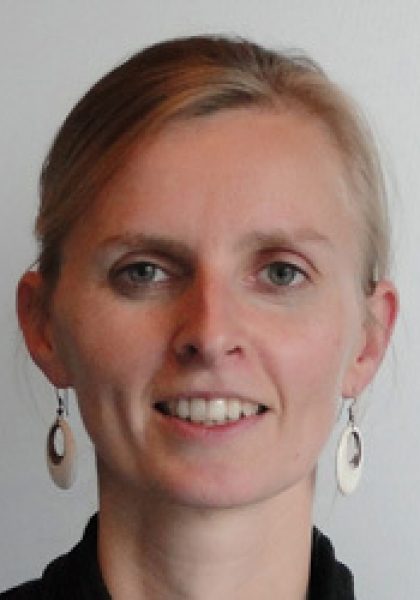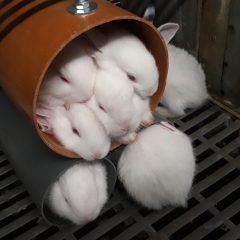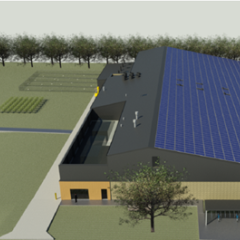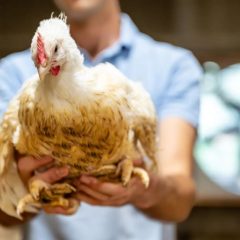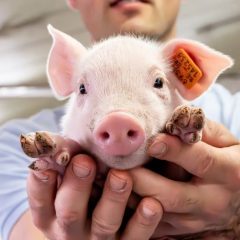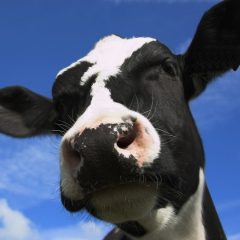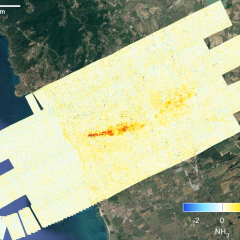Research project Towards more sustainable poultry farming via source-oriented ammonia emissions reduction

General introduction
The general aim of this completed LA project was to help the poultry sector on its way to a socially accepted low-emission poultry farming system. The goal of this project was to look for ways to reduce ammonia emissions based on a source-oriented approach. This benefits not only the environment, but also the poultry farmer and the animals by optimizing the climate in the poultry house. This was achieved by supplying and implementing effective and efficient feed, ventilation and management strategies. The project initially focused on the broiler sector, however the obtained insights may also be applicable for the laying hen sector.
Research approach
The following choices and phases characterize the approach: We organized industry participation through the creation of 3 technical discussion groups. We conducted technical tests around a series of potential strategies to reduce ammonia emissions source-oriented through feeding, furnishing, ventilation strategies. We implemented the best scoring practices on commercial farms to further evaluate them for efficiency and feasibility. Last, we transferred the knowledge to the wider poultry industry and we strengthened the service by comparing different measurement techniques.
Relevance/Valorization
During the entire course of the process, sector participation was very important. This resulted in strategies to be tested that wererelevant, practically feasible, supported by the sector and with a potential to reduce ammonia emissions. Tests were carried out both on a trial scale (ILVO), practical scale (Proefbedrijf Pluimveehouder) and on practical farms. Promising strategies were the reduction of crude protein content, multiphase feeding as well as the use of flax straw. With regard to simplified measurement techniques, the results using the less expensive sensors are very valuable for further optimization and implementation.
Financing
VLAIO
